Anchor Bay Wood Preserve - New Baltimore
Anchor Bay Woods Preserve
Welcome to one of our exciting projects! We are proud to introduce you to Anchor Bay Woods Preserve, a future natural area/passive recreation park with trail connections to a county-wide trail network, residential neighborhoods, and downtown New Baltimore.
Location
The Anchor Bay Woods Preserve consists of 319.75 acres located in New Baltimore, Macomb County, Michigan. It is bordered in the south by Green Street, bordered to the west by County Line Road, small-lot subdivisions, and undeveloped private property. Currently, 171.08 acres have been protected by land conservancies, easements, and municipal ownership.
Regional Importance and Ecotourism
Anchor Bay Woods Preserve - Dedication Hike on May 4, 2019
More than 46,000 people and over 18,500 households are within 10 minutes of Anchor Bay Woods. The Southeast Michigan Council of Governments (SEMCOG) measures access to regional parks as a 10 minute drive. Currently, there are no parcels in the City of New Baltimore within 10 minutes of a regional park. Therefore, Anchor Bay Woods can function as the “anchor” of Anchor Bay, adding to the diversity of attractions and further cementing New Baltimore as the premier destination along Lake St. Clair’s northern shore and filling a much needed access gap.
Description and Conservation Values
The large forested wetland that includes Anchor Bay Woods Preserve was evaluated by the Michigan Natural Feature Inventory (MNFI) in a November 2012 Lake St. Clair Habitat Evaluation Study. It is described as early successional to mature forest developed on a mosaic of depressions and low, sandy rises on the Maumee Lake Plain, a broad, flat, sand and clay plain which formed from sediments deposited by glacial meltwater and glacial lakes (Albert 1995). Sediment most likely found on site is Wainola-Deford fine sands, with possible Allendale-Lenawee-Toledo complex (a combination of loamy fine sand, silt loam, and silty clay loam) in the northern portion of the site (Landtiser 1974). According to the MNFI report, the site is best classified as a wet-mesic flatwoods, dominated by a mixture of lowland and upland tree species, with vegetative composition shifting across slight topographic gradients.
Red Trillium
Trillium erectum
The forested wetland that contains Anchor Bay Woods Preserve is one of the largest intact blocks of forest remaining in the Maumee Lake Plain. It is also one of the largest tracts of wet-mesic flatwoods in Michigan. The MNFI report found that despite disturbances, including ditching, historic agriculture, invasive plant species, and deer browse, the site retains diverse ecological zonation and an area of mature wetland forest that supports high species richness and diversity, including sizable populations of browse-sensitive forbs. The MNFI report listed two herbaceous species of particular significance documented at the site: Carex lupuliformis, a state-threatened sedge that has been documented from only three additional sites since 1988, and a small population of smooth rose mallow (Hibiscus laevis), which was last collected from Michigan in 1910 and is listed as state-extirpated.
The quality of the Anchor Bay Woods complex has direct influence on the water quality and fishery of Lake St. Clair. Anchor Bay Woods includes two streams that feed into Lake St. Clair: Marsac Creek and Crapaud Creek. The MDNR Fisheries Department has identified Marsac Creek as important spawning habitat and associated tributaries and wetland as important for the water quality of the creek and Lake St. Clair. Examples of species that have been noted on the Anchor Bay Woods complex and/or are likely present include numerous insect species, both rare and common, that provide food sources for the fish in the stream(s); numerous amphibians including multiple species of frogs and salamanders; multiple species of turtle including Spotted (threatened) and Blanding's (special concern), and snakes including the eastern massasauga rattlesnake (federally threatened and MI special concern).
Pileated Woodpecker Habitat
Wet-mesic flatwoods serve as critical habitat for cavity nesters like owls and interior forest dwelling species of birds such as black-throated green warbler, scarlet tanager and ovenbird. Cornell Lab of Ornithology’s eBird has reported over 114 species of birds present at nearby Ruedisale Point in New Baltimore. 278 species of birds have been reported at Lake St. Clair Metropark, 8 miles south of Anchor Bay Woods. Many of these include species that are threatened, endangered, or of special concern. Anchor Bay, a diverse forested wetland complex, is a critical location along the major Huron-to-Erie migratory bird route at the confluence of the Atlantic and Mississippi Flyways.





